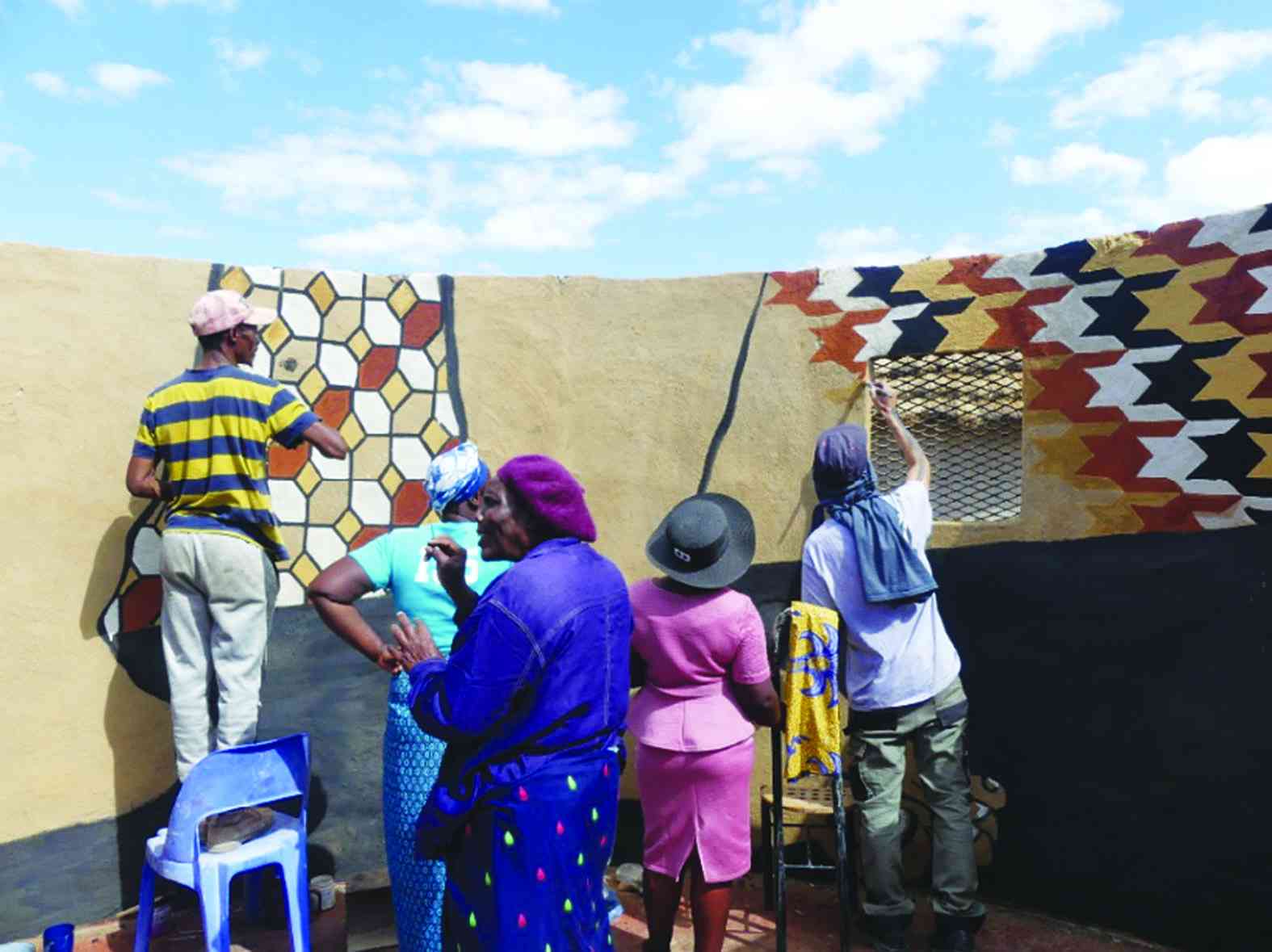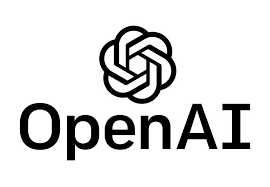
Staking has become a cornerstone of the evolving cryptocurrency landscape, fundamentally altering how individuals engage with blockchain networks and digital assets. This mechanism enables users to participate in securing blockchain protocols and validating transactions by locking up their tokens, thereby earning rewards and contributing to network health. As cryptocurrencies and decentralized finance (DeFi) expand, staking’s role continues to grow, offering both financial incentives and a greater sense of involvement for holders. For learners who like to watch before acting, https://autoprofithub.pl/ offers a simple way to follow what’s happening in real time.
Understanding the Mechanism of Staking
At its essence, staking involves committing a certain quantity of cryptocurrency to support blockchain operations. Unlike proof-of-work systems that require miners to expend computational power, staking operates primarily through proof-of-stake consensus models. Here, validators are selected to propose and validate new blocks proportionally based on their stake. This process conserves energy and reduces the need for specialized hardware.
By staking tokens, participants become active network validators or delegate their tokens to trusted validators, thereby enhancing the blockchain’s security and efficiency. In return, they receive staking rewards in the form of additional tokens, encouraging long-term holding and network loyalty.
The Shift Toward Sustainable Blockchain Networks
The environmental impact of traditional mining has pushed the industry toward more energy-efficient consensus mechanisms. Proof-of-stake, with its staking model, significantly reduces electricity consumption compared to proof-of-work. This shift has positioned staking as a sustainable alternative that aligns with global efforts to minimize carbon footprints.
Beyond environmental considerations, staking fosters decentralization by lowering barriers to participation. It democratizes blockchain validation, allowing anyone with sufficient tokens to partake without the need for expensive mining rigs. This inclusivity helps strengthen networks by distributing control more evenly among participants.
Financial Incentives and Passive Income Opportunities
- Mavhunga puts DeMbare into Chibuku quarterfinals
- Ndiraya concerned as goals dry up
- DeMbare’s double boost
- ‘Zifa suspension won’t affect player transfers’
Keep Reading
Staking offers token holders a compelling way to generate passive income. Instead of simply holding cryptocurrencies, users can lock their assets and earn regular rewards. This model has attracted a broad audience, from retail investors seeking additional yield to institutional participants diversifying their crypto portfolios.
The promise of staking rewards encourages long-term investment, potentially stabilizing token prices by reducing market circulation. Furthermore, many platforms offer flexible staking options, enabling users to choose lock-up periods and balance accessibility with reward rates.
Variations in Staking Models
The staking landscape encompasses a range of models tailored to different blockchain architectures. For example, Ethereum’s transition to Ethereum 2.0 introduced staking as part of its proof-of-stake consensus upgrade, requiring a minimum of 32 ETH to run a validator node. Other networks employ delegated proof-of-stake (DPoS), where token holders delegate their staking power to elected representatives who perform validation on their behalf.
Emerging trends include liquid staking, which allows users to stake assets while maintaining liquidity through tokenized derivatives. This innovation expands usability by permitting staked tokens to be used in other DeFi activities, thus blending staking rewards with ongoing financial flexibility.
Risks Associated with Staking
While staking offers multiple benefits, it is not without risks. Locking tokens reduces liquidity, potentially exposing participants to market volatility without the ability to quickly sell. Validators may face slashing penalties—loss of staked tokens—if they act maliciously or fail to maintain network uptime.
Security concerns also arise when delegating stake to third parties, as poor validator performance or fraud can impact rewards and capital. Additionally, the complexity of staking protocols may deter newcomers who lack technical knowledge, underscoring the need for user-friendly interfaces and educational resources.
Staking’s Impact on Crypto Adoption and Community Building
Staking transforms passive investors into engaged network participants, deepening their connection to blockchain ecosystems. By involving holders in governance decisions and network maintenance, staking fosters community-driven development and transparency.
This active participation is crucial for decentralized finance growth, as it incentivizes users to support projects beyond speculation. Staking also drives broader crypto adoption by offering tangible benefits that appeal to both casual users and serious investors.
Future Prospects and Innovations
The future of staking is marked by continuous innovation. Cross-chain staking aims to enable users to stake assets across multiple blockchain networks, enhancing interoperability and maximizing returns. Advances in staking-as-a-service platforms simplify participation by managing technical complexities for users.
Regulatory frameworks are beginning to address staking, recognizing its role as a financial service with potential implications for securities law and taxation. Clear guidelines will likely increase institutional involvement and mainstream acceptance.
Conclusion
Staking has revolutionized how individuals interact with cryptocurrencies by providing an accessible, sustainable, and rewarding way to participate in network validation and security. It has lowered entry barriers, encouraged long-term holding, and aligned financial incentives with the health of blockchain ecosystems. As staking technologies advance and adoption grows, it will remain a vital element shaping the future of crypto participation and decentralized finance










